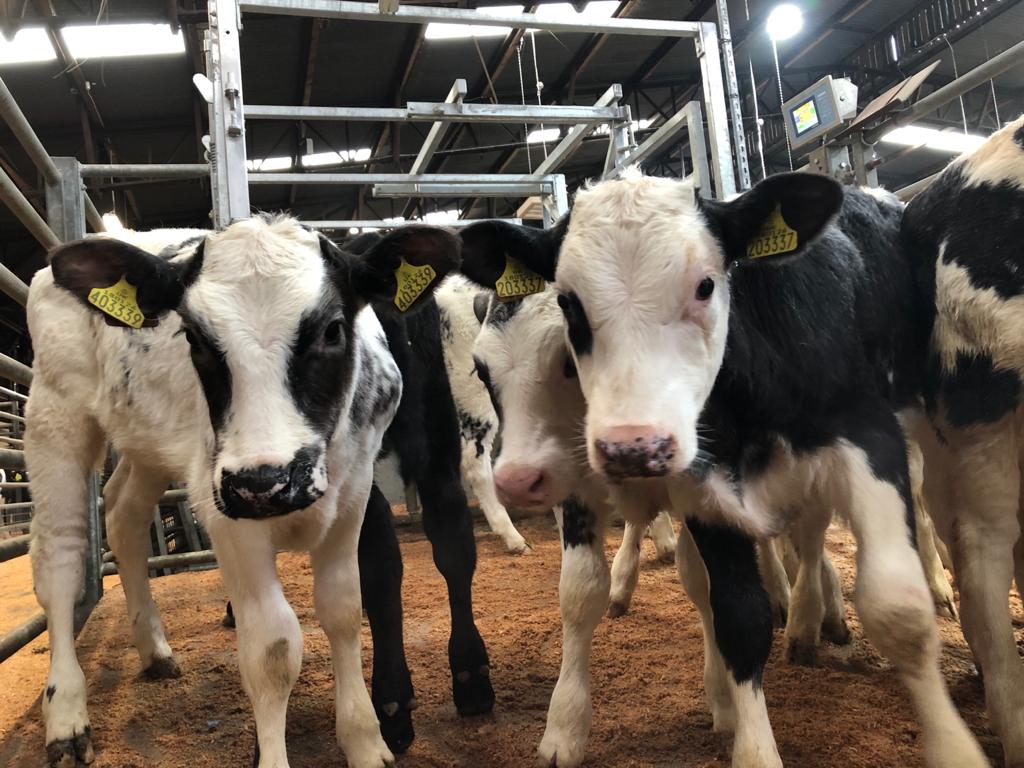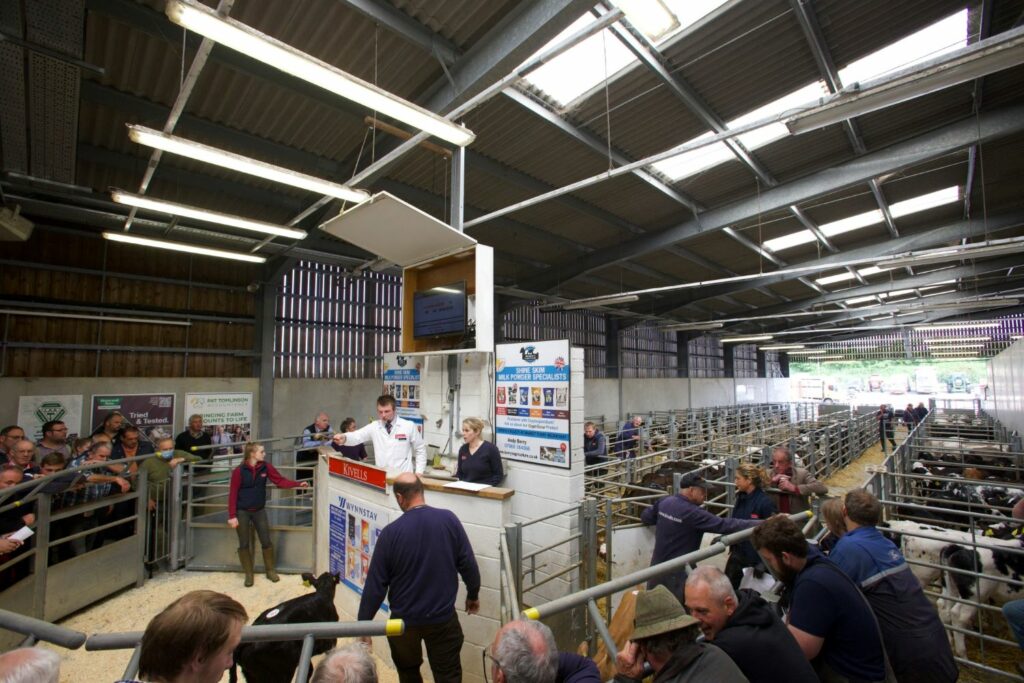Live sales ring offers a market for every calf and value to producers
18th November 2022
As more calves flood the market than ever before, dairy calf producers are being reminded to choose marketing routes wisely to ensure they are paid a fair price for their livestock.

With the arrival of the second GB Calf Week comes a heightened awareness of the progress being made in ensuring dairy calves are reared with care and purpose as part of the dairy or beef supply chain. Selecting the right marketing route is crucial to making sure calves are reaching the right outlet and are sold for the best possible price.
Drayton Market auctioneer Jonty Cliffe highlighted the value in marketing calves via the live sales ring: “There is a current imbalance in supply and demand, and direct supply chains are not fully providing for calf producers, while the live sales ring continues to offer a market for every calf.
“Providing a weekly outlet for calf producers, the livestock market works in all circumstances,” he continued. “Our producers are not limited by a grid system or categorisation by weight or whether their stock has made the grade.”
Unlike the direct supply chain route, the live sales ring provides a marketplace for all types, breeds and ages of calves, to meet all budgets. It is also the largest viable marketing route available for dairy calf producers, with over 230,000 calves sold through livestock markets across England and Wales in the last year.
For this to be maintained, it is vital that the right buyers are around the ring for the type of livestock being sold. Part of an auctioneer’s role is to liaise with relevant buyers across the beef and dairy supply chains and match their requirements with the livestock on offer, Will Alexander of Bentham Auction Mart explained.
“This ensures the true value of the calf is achieved on the day, from the top-end heavy Angus bulls to the 2 to 4-week-old calves. It is in our own interests, quite simply the more the calf makes, the more commission the auctioneer earns,” he added.
In contrast, direct supply chains will always try to control prices for their own benefit, often undercutting producers. However, for the auction system to work efficiently, it is necessary that vendors engage with auctioneers and discuss their expectations prior to presenting livestock for sale.
“We are never going to turn you away, but can guide on best times to market your calves and advise on current market demands,” Tim Kivell, calf auctioneer with Kivells at Holsworthy Market explained.

Tim Kivell, calf auctioneer at Holsworthy Market
What’s more, live auction rings provide the opportunity to achieve a better price for higher-quality calves.
“The beef sector is much greater than just the integrated supply chains, there is a lot of stock that goes through the calf ring, store rings and the fat ring, before going onto the supermarket shelves or into farm shops,” Mr Cliffe noted.
“So my motto would be that you really want to be producing a calf that will be bid on by multiple people, multiple times,” he added.
To achieve this, Mr Kivell said it’s essential farmers demonstrate good calf rearing. “Building a reputation for well-reared calves in the market by representing livestock at point of sale can also be beneficial,” he remarked.
As the cost-of-living crisis continues into winter, Mr Alexander is expecting a surge in demand for cheaper cuts of meat from lower quality animals. At the same time, he believes the market is ready for the challenge.
“The livestock market is uniquely positioned to cater for all fluctuations in supply and demand, while delivering true values of the livestock sold,” he concluded.
